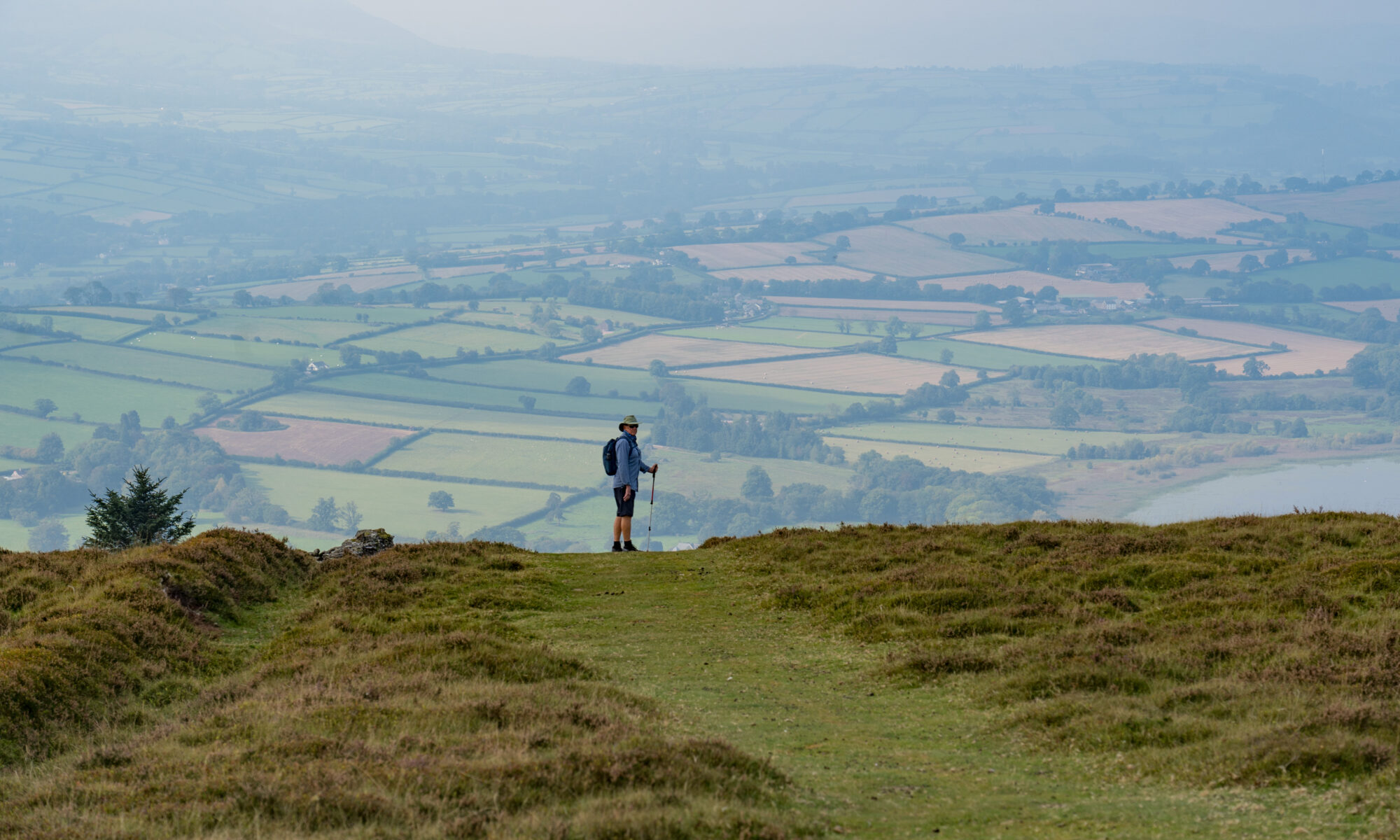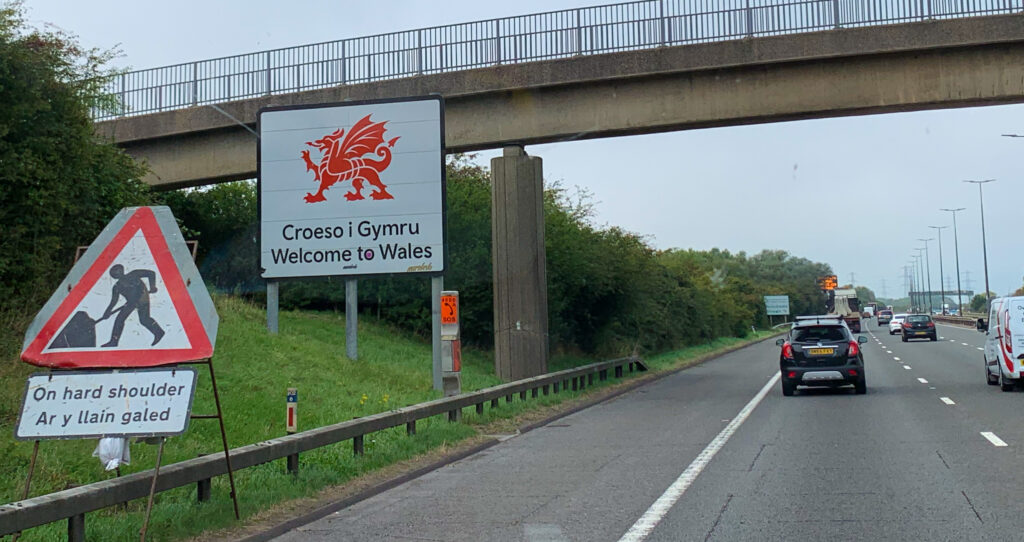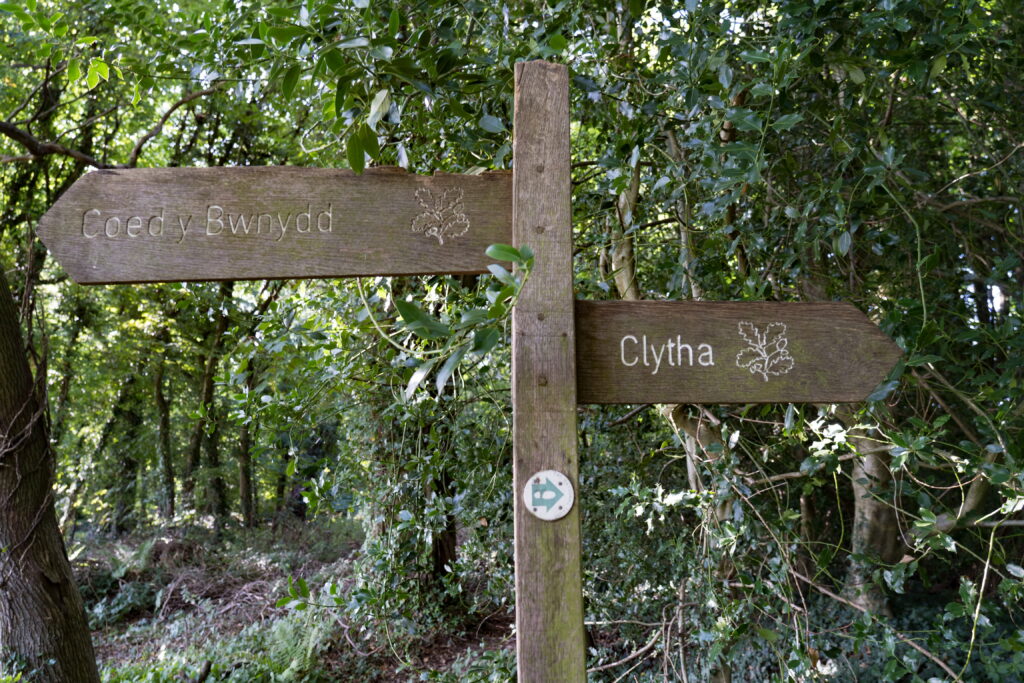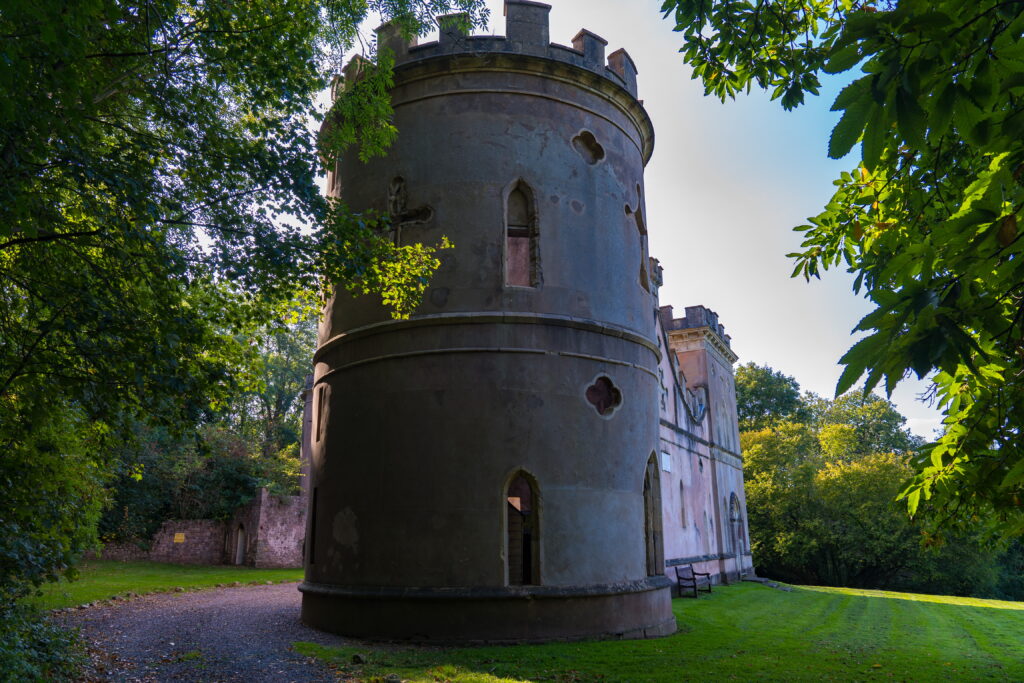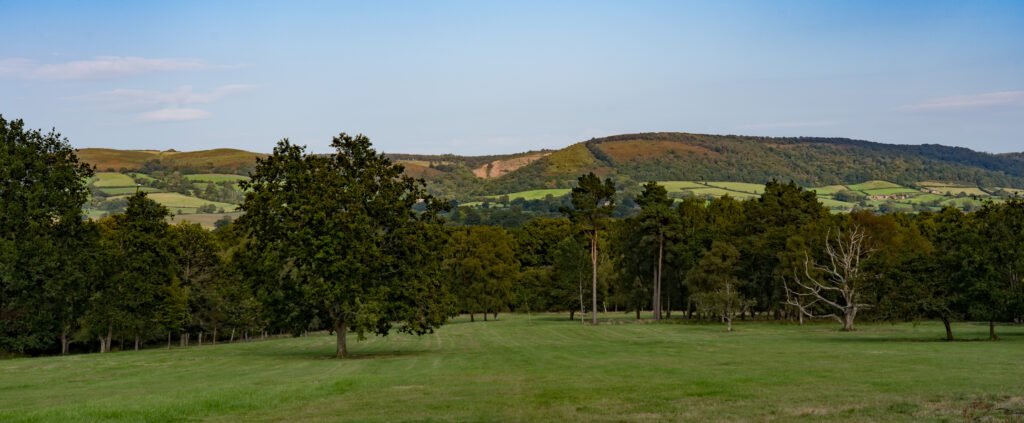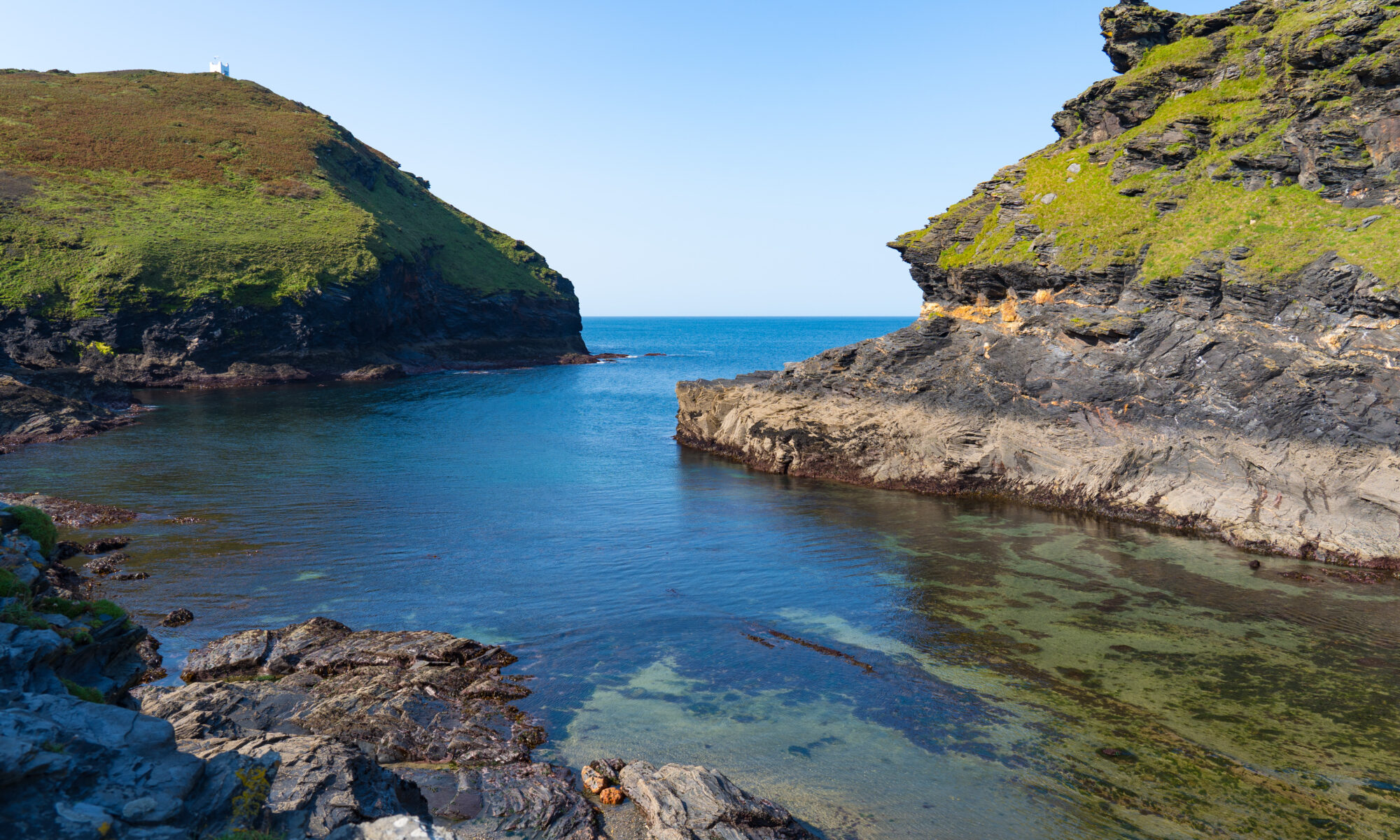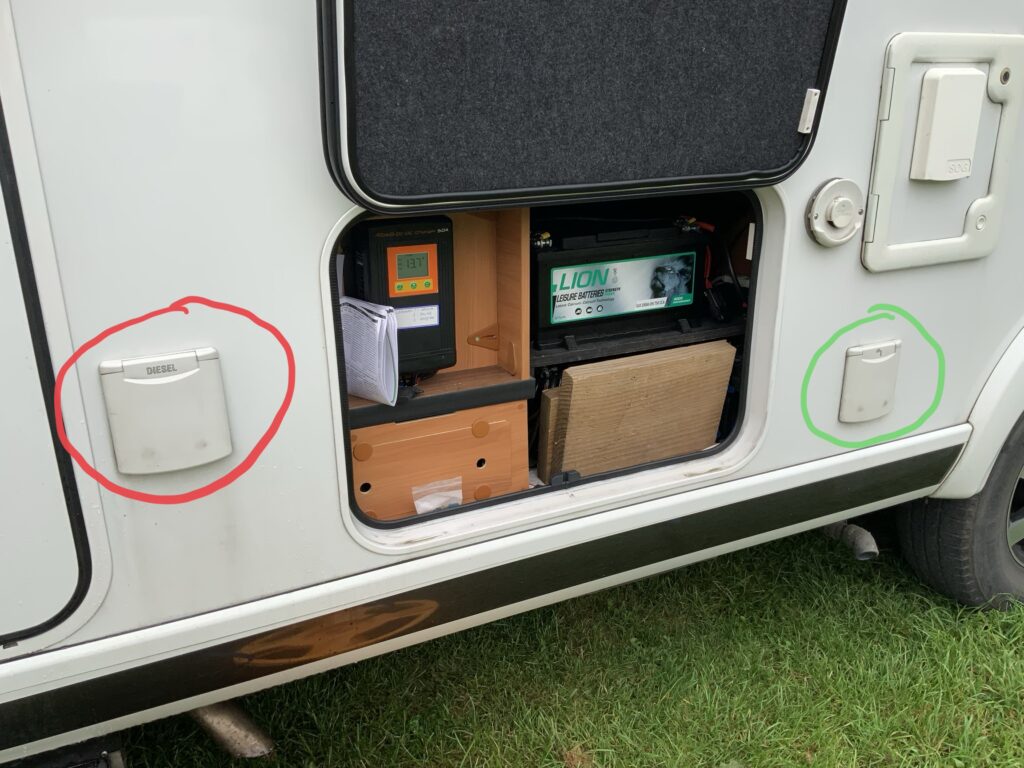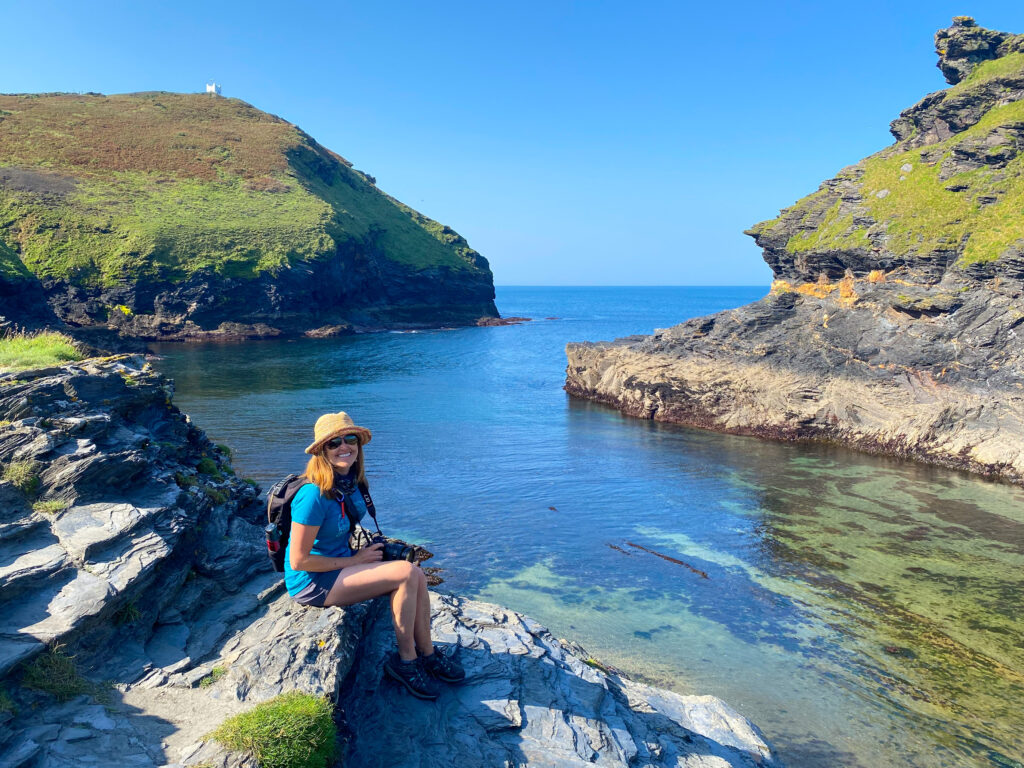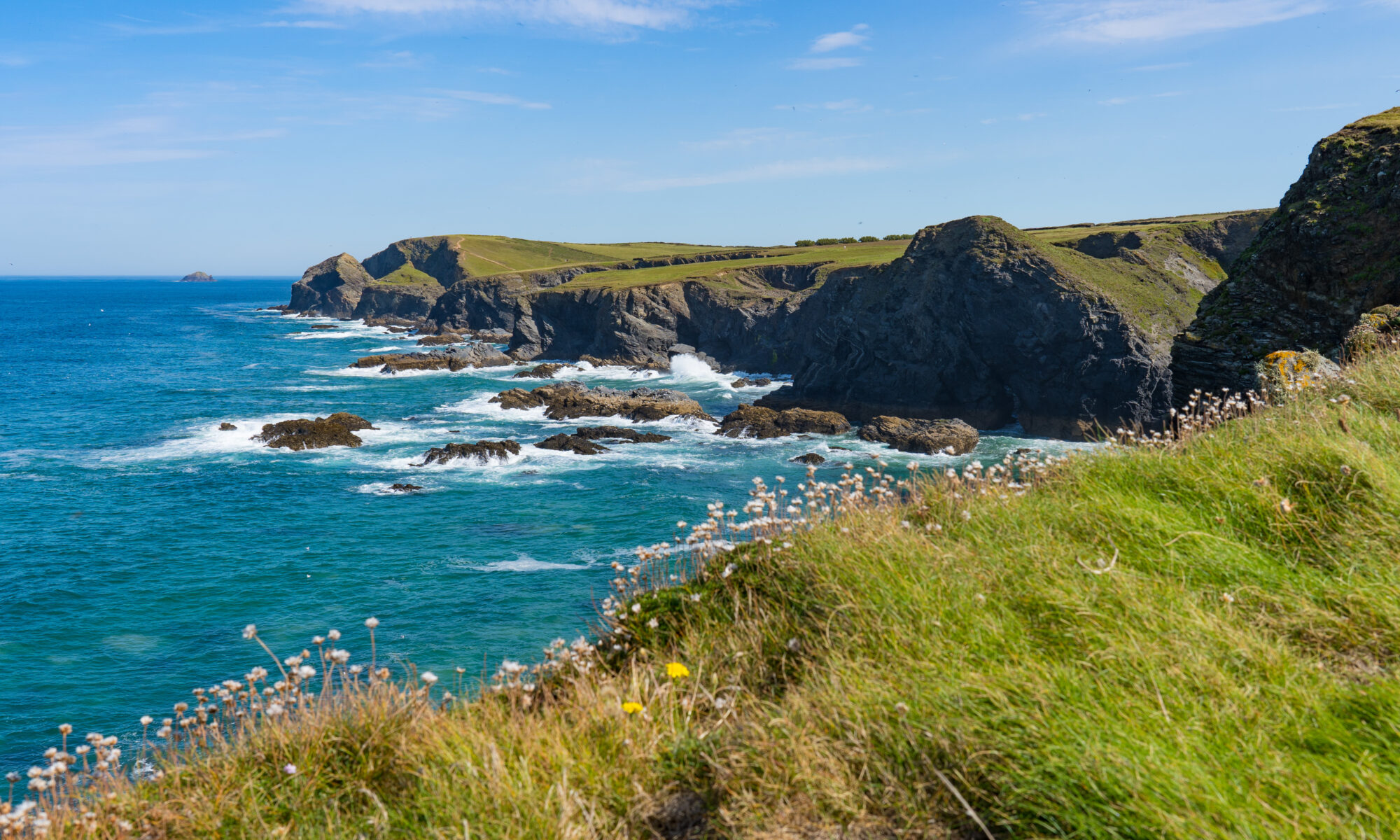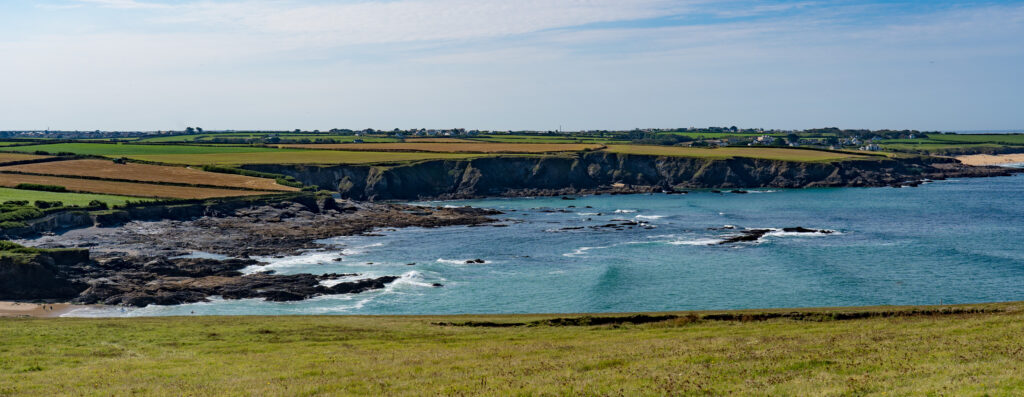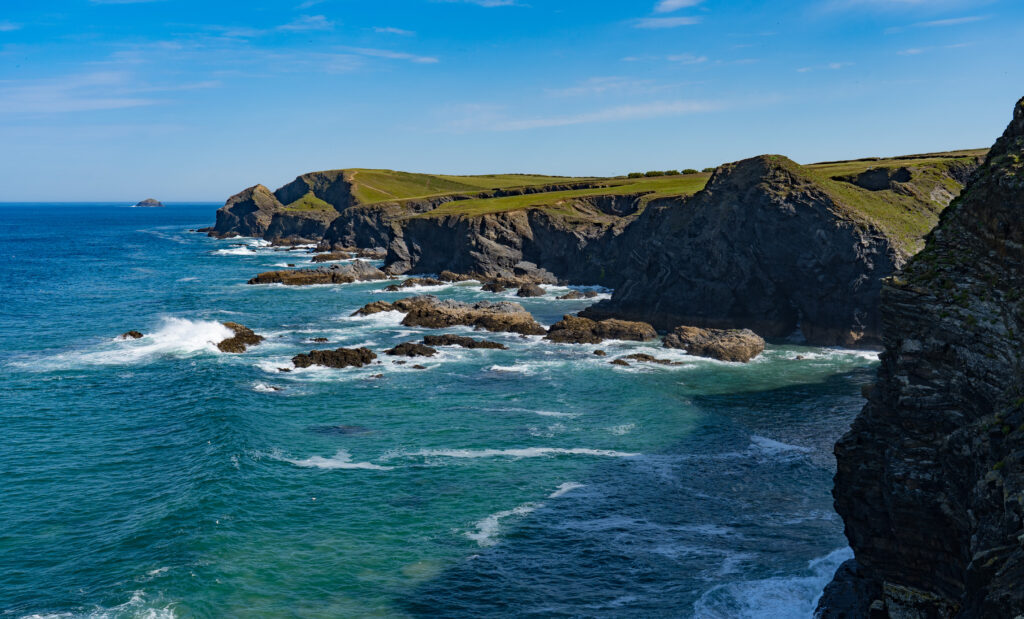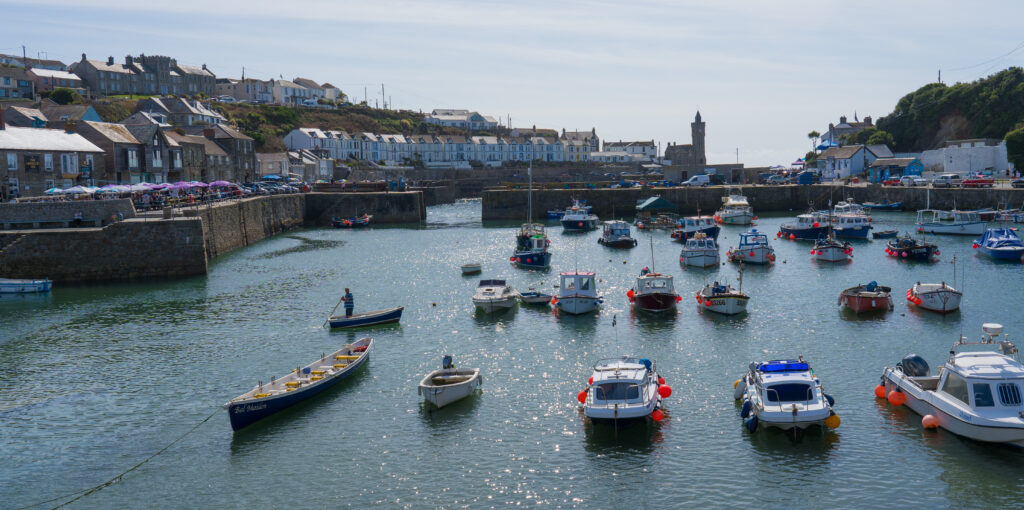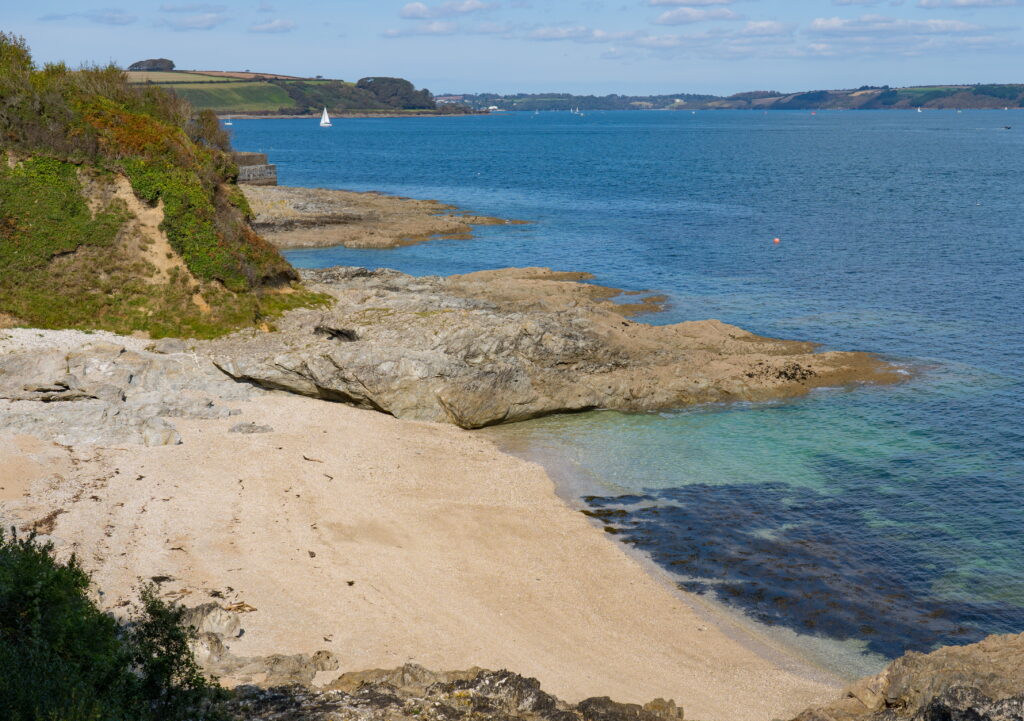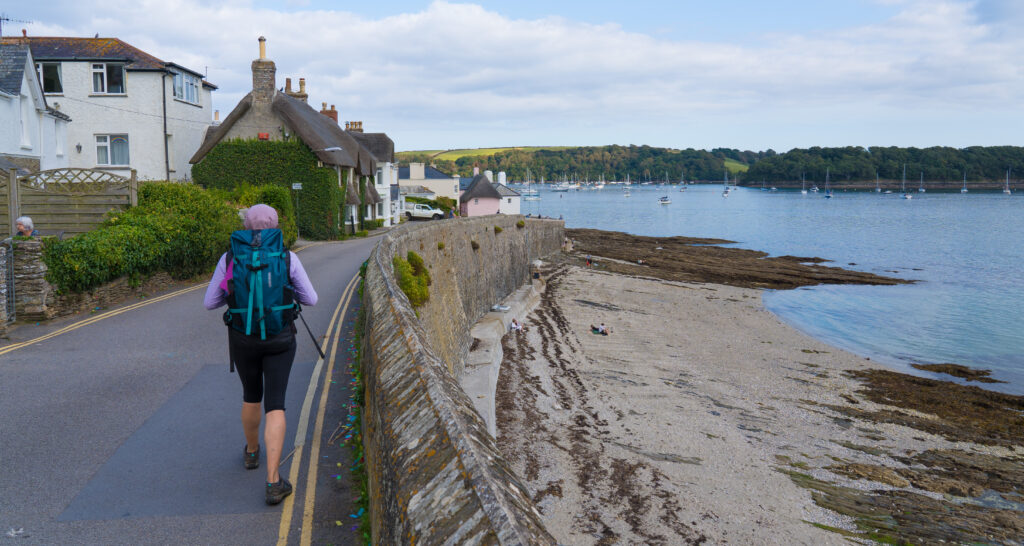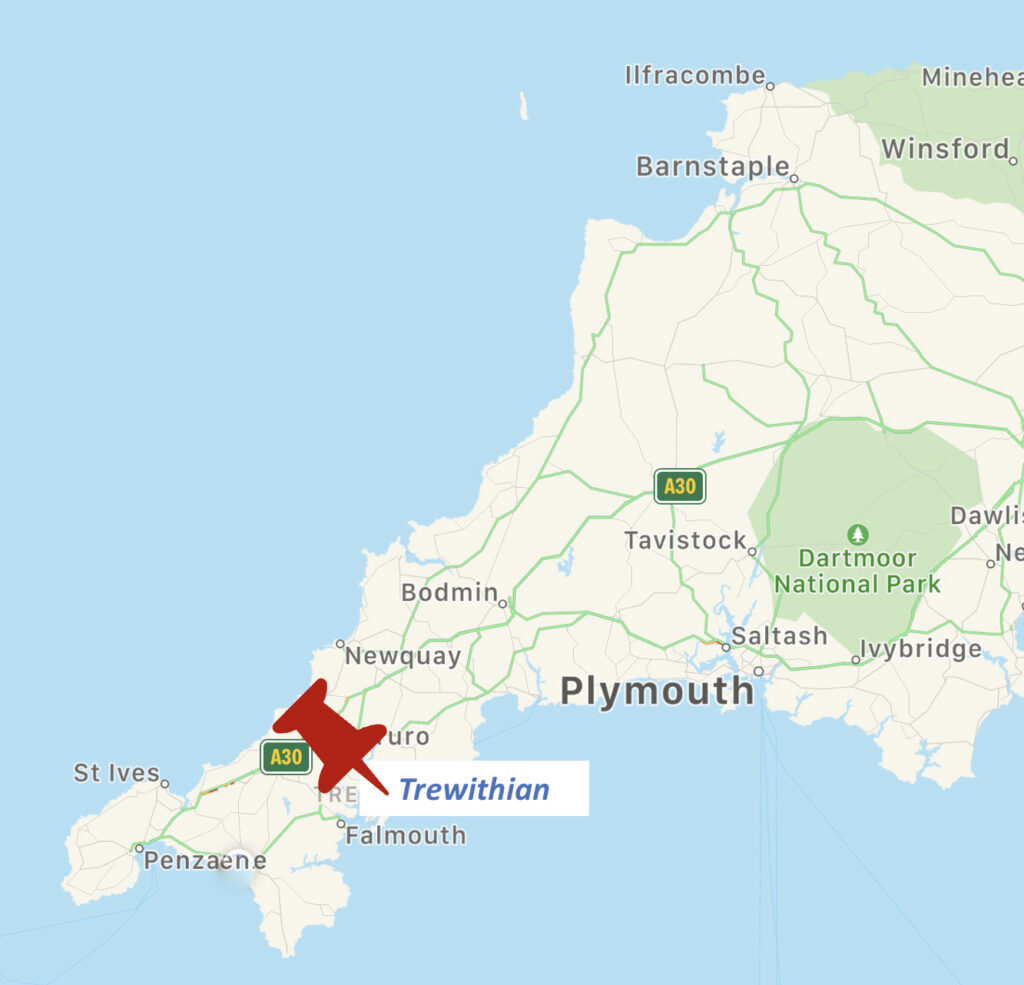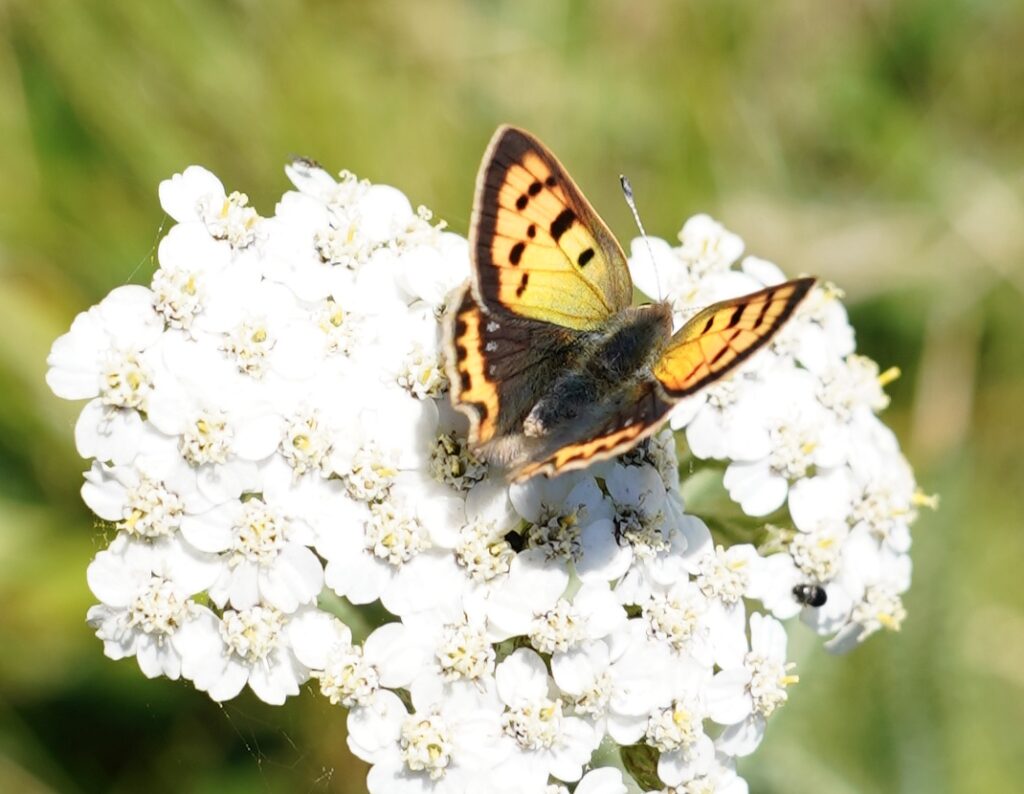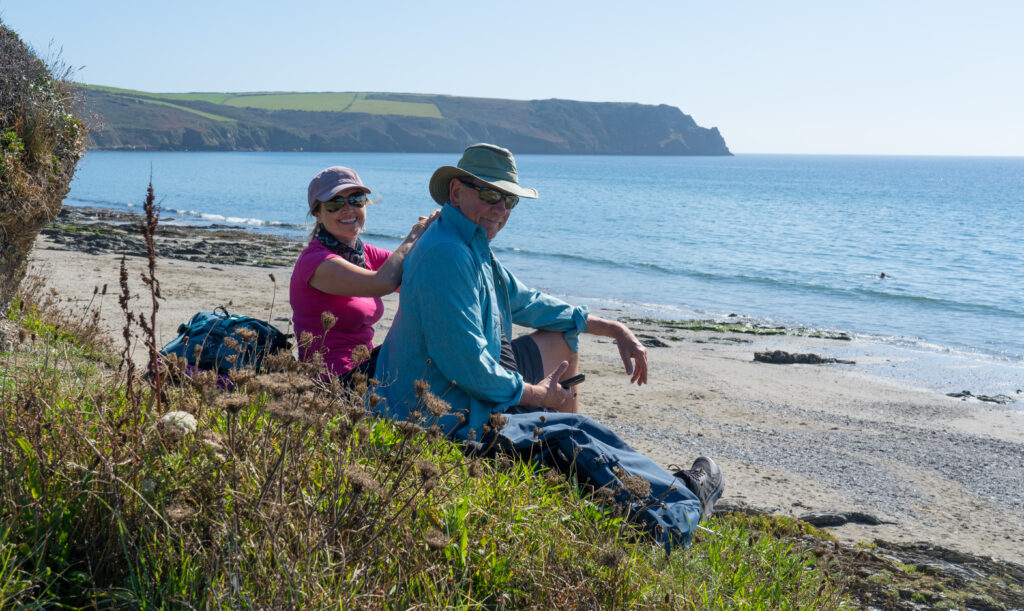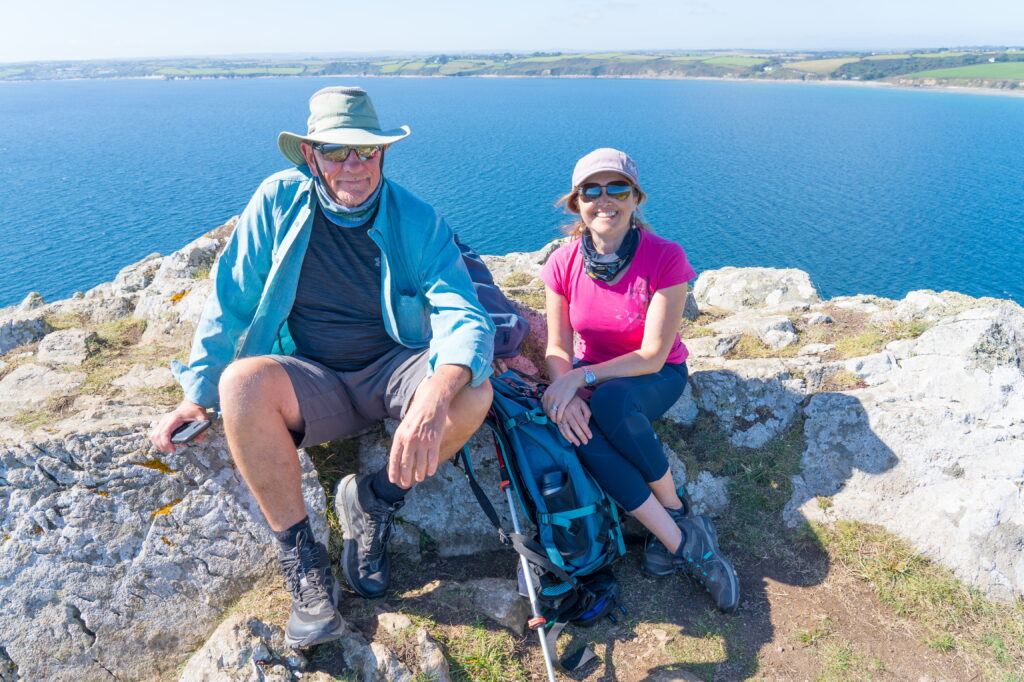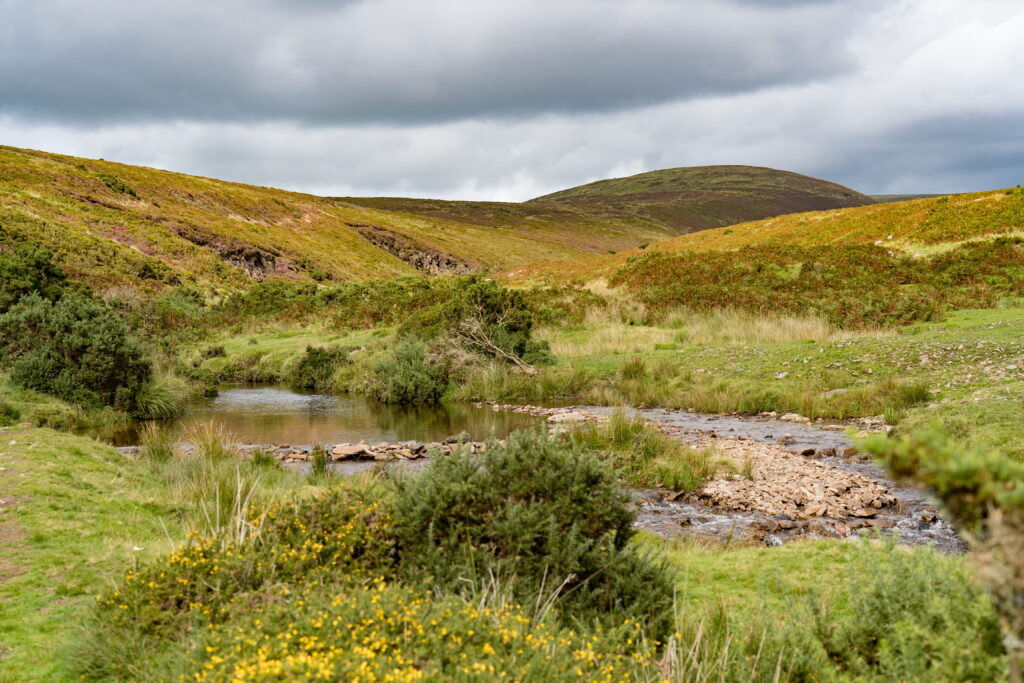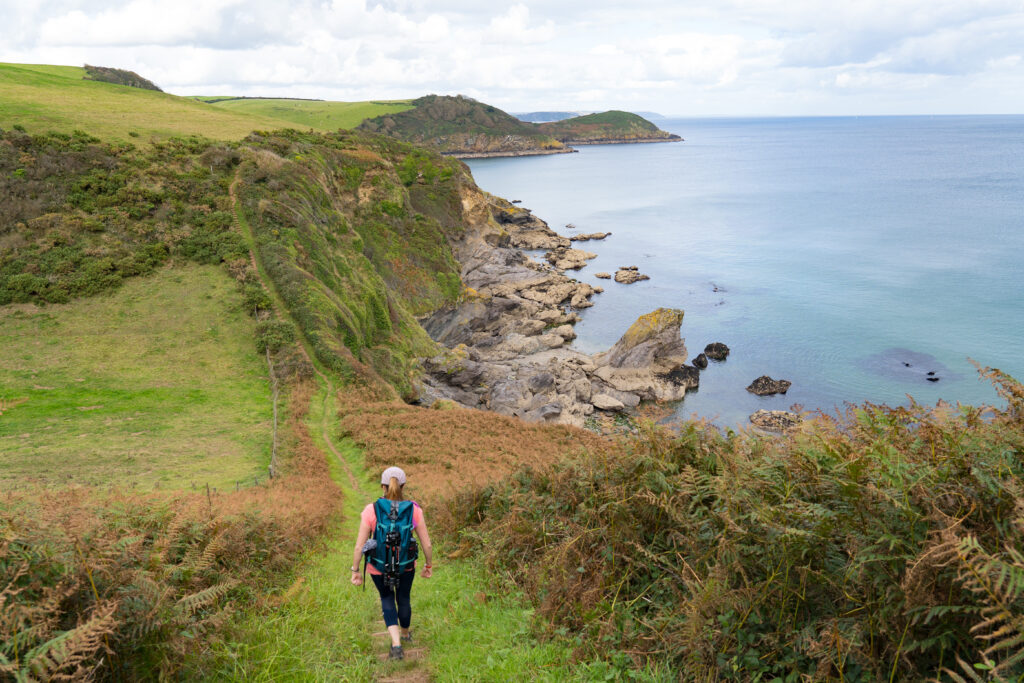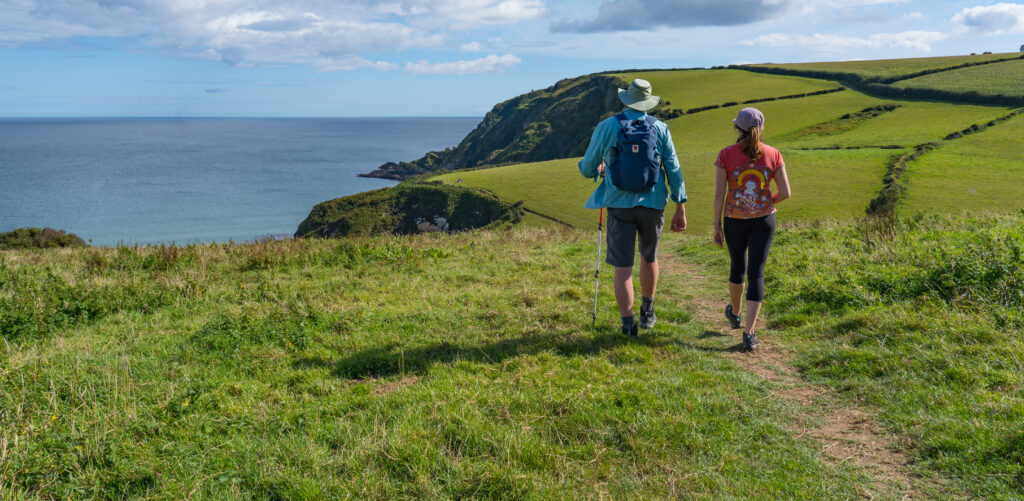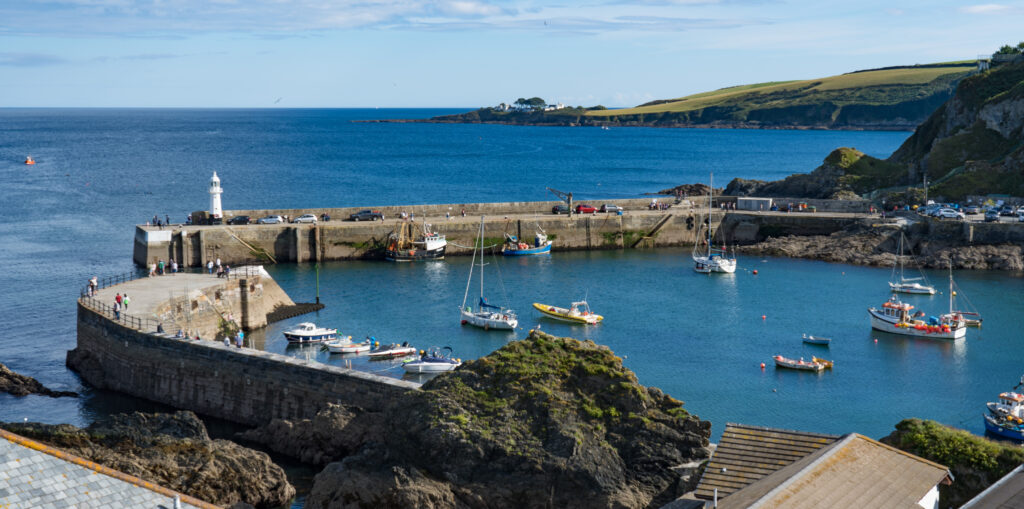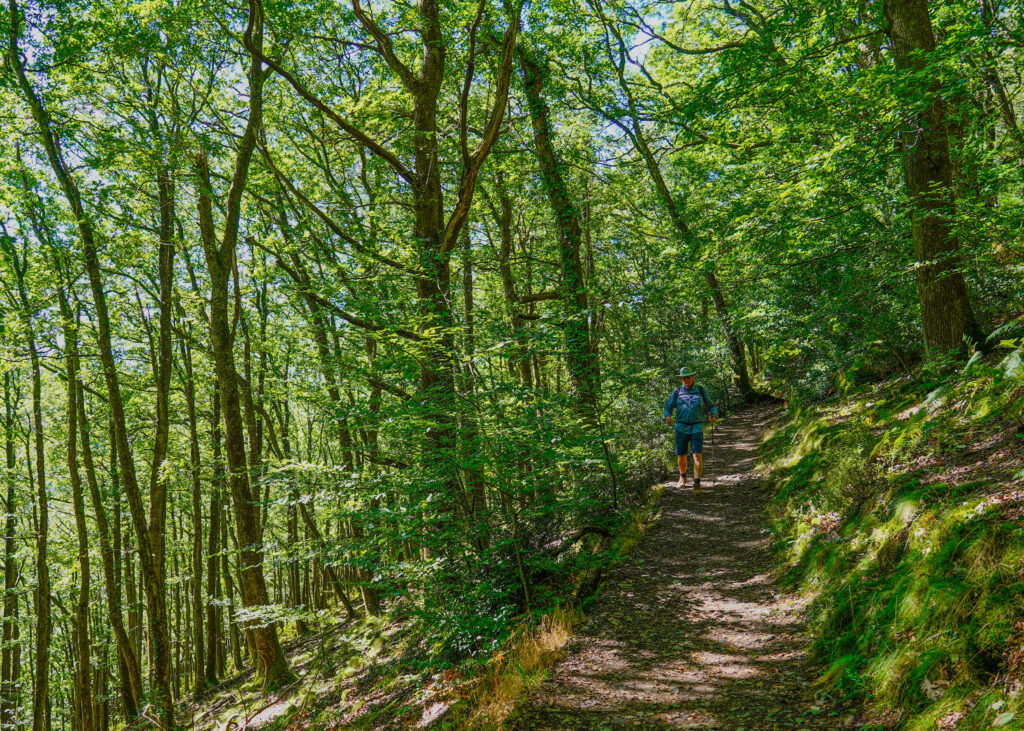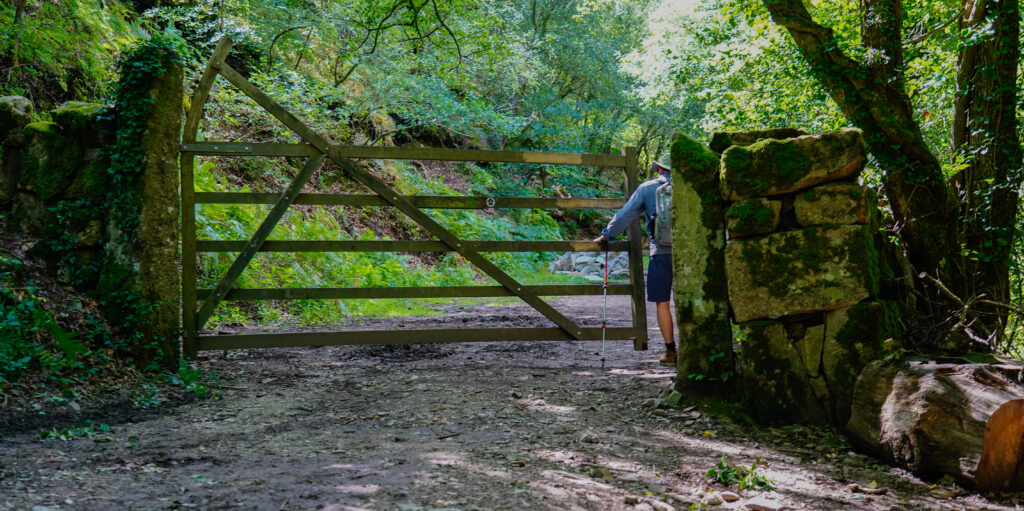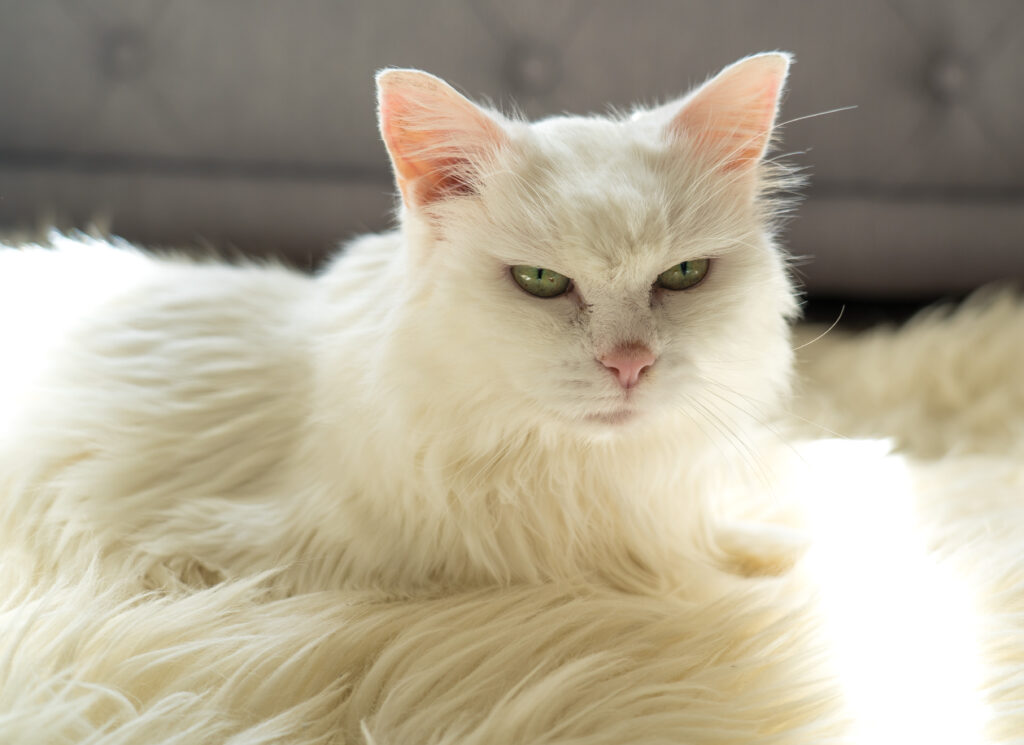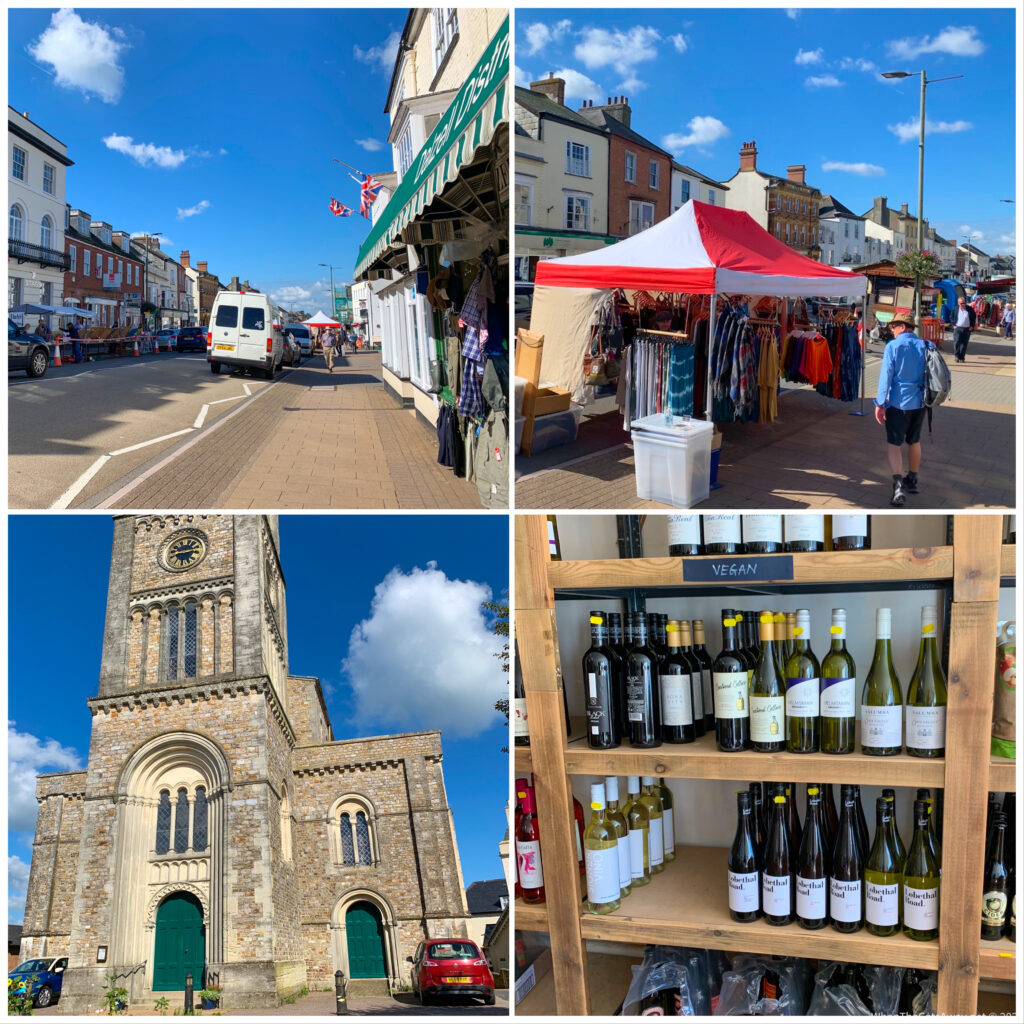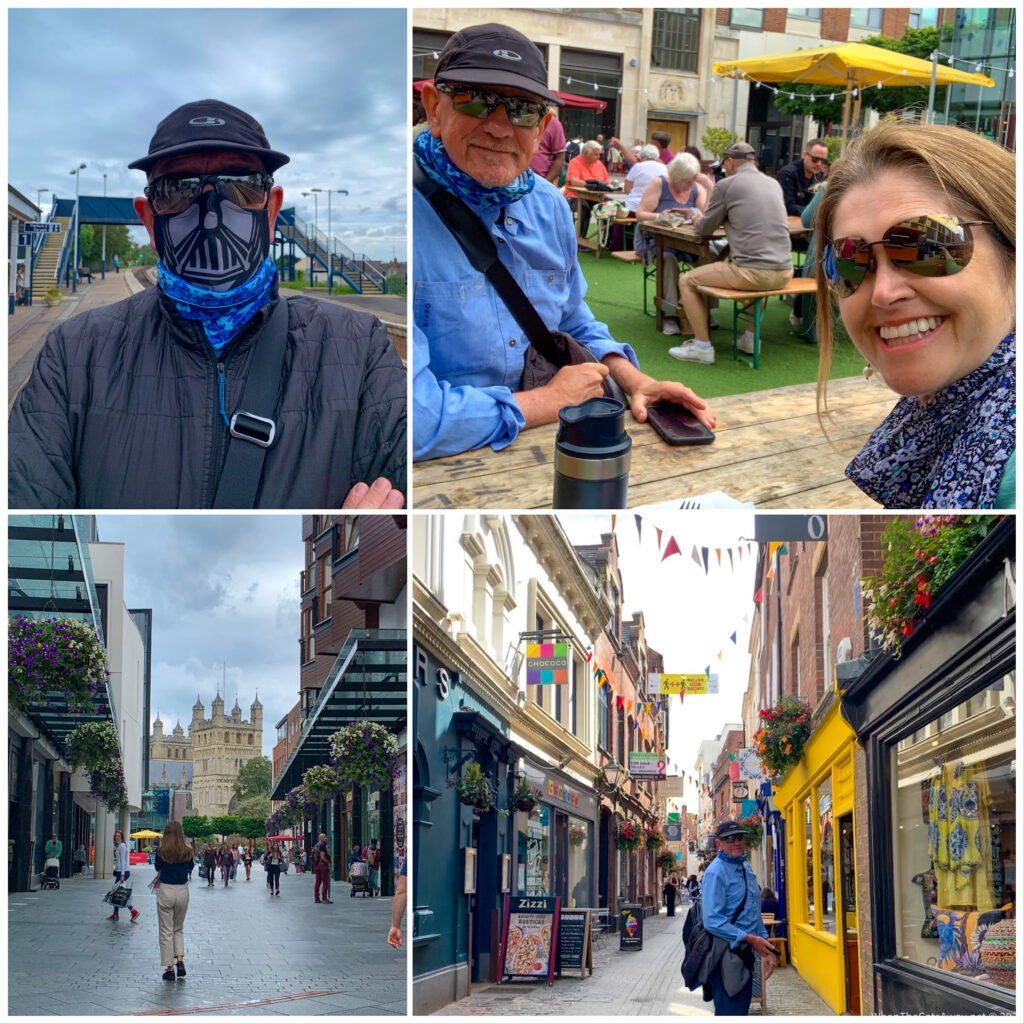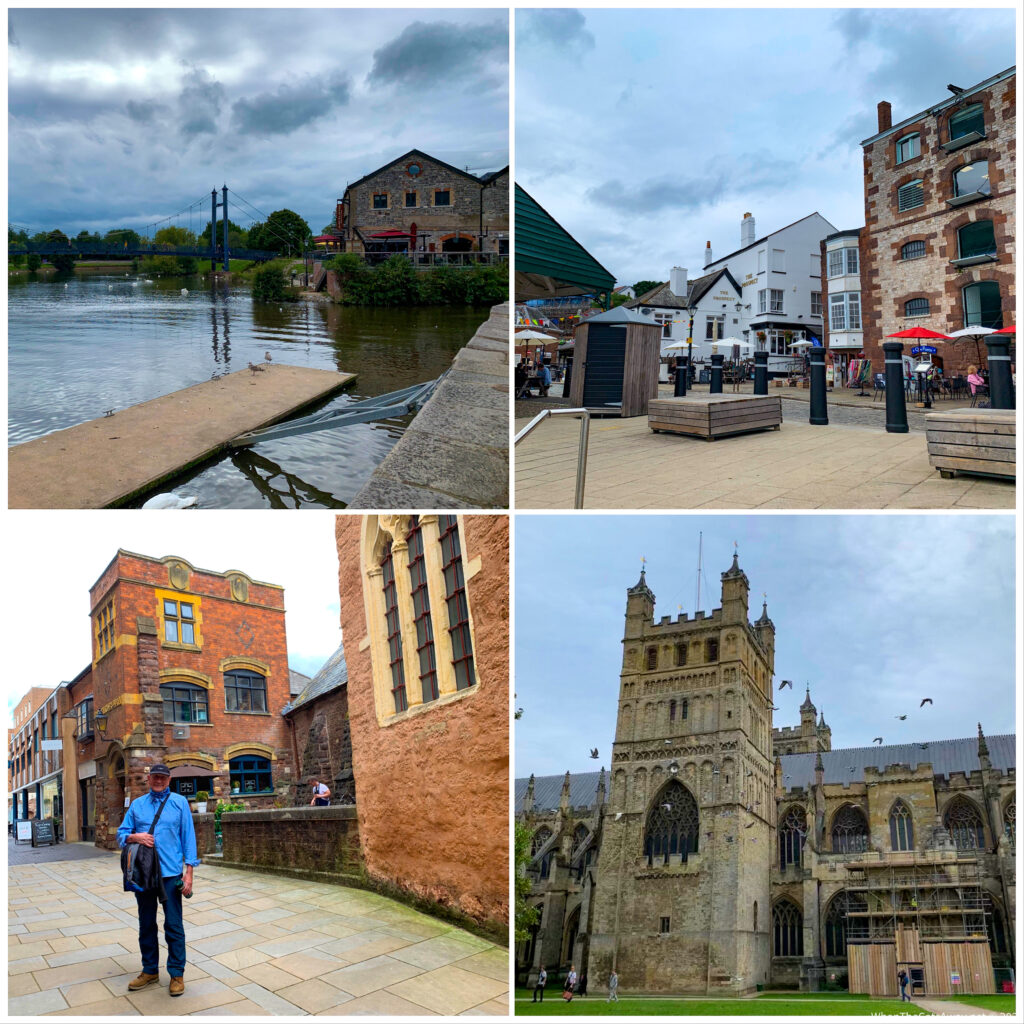Author: Mr A
Location: Brecon Beacons National Park, Wales, UK
My last visit to the Brecon Beacons was as a 14 year old Boy Scout, being dropped off from an old Land Rover with two weeks‘ worth of dehydrated rations in the middle of a rain storm. The sheets of ice cold water being chucked at us continued for the next ten miserable days of thick fog, wet feet and chafed legs from the cheap, heavy ex-army surplus gear that I was wearing.

Well, some things haven’t changed. The weather is still unpredictable, making it uncertain how long it would rain for that day. But we donned our light, comfy, expensive Gortex jackets (who says money doesn’t matter?) and headed along the Brecon Canal, handily adjacent to our campsite, into the not-so-bustling Brecon town centre.


We immediately injected what looked like some much needed cash into the local economy, (so many empty shops for let) and bought Catherine some new fancy dancy (read expensive) walking boots, and me some very comfy (not chafing!) walking trousers. Well, we don’t have much else to spend money on at the moment. We eat in, we drink in, we only wear walking clothes and PJ’s. We can’t fit another thing into our dinky motorhome, so there is no point shopping for anything else!
Walking has become our path to health and happiness. I’m still researching the science, but all we know is we feel better than we EVER have before (touching wood). More on this in a blog to come.
So the canal was our focus for the next day as well. There was no point in going up onto the tops with zero visibility. It seemed lots of other people had the same idea! It was a busier walk (Strava) than on the coast paths of the south-west in Cornwall. Interesting..


The Monmouthshire and Brecon canal, to give it its correct name, and to be even more optically correct in Welsh Camlas Sir Fynwy a Brycheiniog, winds for a very picturesque 56km of its navigable length, through the south Wales countryside.
At the end we were exploring was the Brecon basin, lovingly restored by volunteers and government grants, as they increasingly realise the potential of this once neglected asset.


We stopped to talk to a couple of guys who had hired their narrow boat for a few days and were lucky to find a hire company with any availability. I had looked during the summer at a number of canals and had seen how busy they were right though autumn It’s so good to see how the UK has stepped back from the brink of letting the waterways be demolished in the 1960s, and thanks to community initiatives has restored much of the network.

The next day brought more rain, but we were determined to not be put off getting out and about. We moved to the western end of the Brecon Beacons National Park and a pub car park in the tiny settlement of Trap. I think the pub made up for 50% of the houses there in fact. We had noticed on one of the apps we use the pub had welcomed over nighters in self contained motorhomes. The only down side that we discovered when calling the owner on the way there, she hadn’t reopened after lockdown! Ah well…another night in then!
Waterproofs were donned and a walk up to nearby Carreg Cennen Castle planned and executed (Strava) at a brisk pace to warm us up.

We were accosted at the little cafe at the entrance to the castle grounds, and accosted felt like the right word to use. A very brusque lady said, “So are you going to the castle or walking round it? If it‘s the castle, then you need tickets”, looking very grumpy that we seemed to have disturbed her day. No other information was offered, so I started to say we were out for a walk, and she turned her back and stalked off. In these strange times I guess we need to make allowances for people being jittery, but given her cafe was empty, and there were two staff doing nothing, I would imagine whoever owns the place is feeling the pinch and would have wanted her to offer more details as inducement.

We are trying to carry on injecting our little contributions into any business that welcomes us on our travels, but a small percentage seem to be staffed by people who seem determined to drive customers away. I do acknowledge that many have no choice about where they work, and having contact with the general public right now is a risky business. This was in such stark contrast to the shop we bought our outdoor gear from (Gibb Outdoors in Brecon), where we were welcomed into the store by friendly staff, who were knowledgeable about their product, and that took no increase in risk on their part, and were rewarded with £350 of our money.







So we spent our quiet night at the back of the pub, while I anxiously ruminated about how we would be getting back up the rather steep (for little town-tyres Truffy) slope back to the road, but with plenty of right foot he romped up and we were not Trapped in Trap…I just had to say it 🙂



